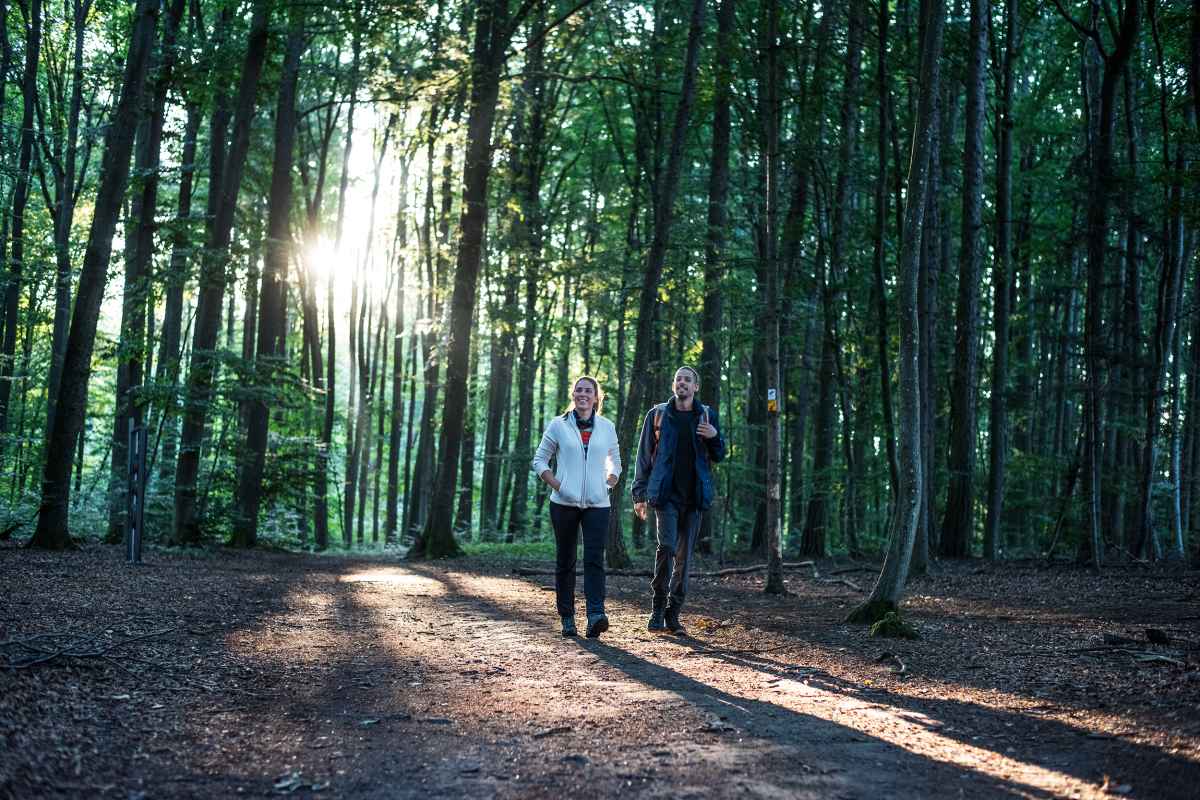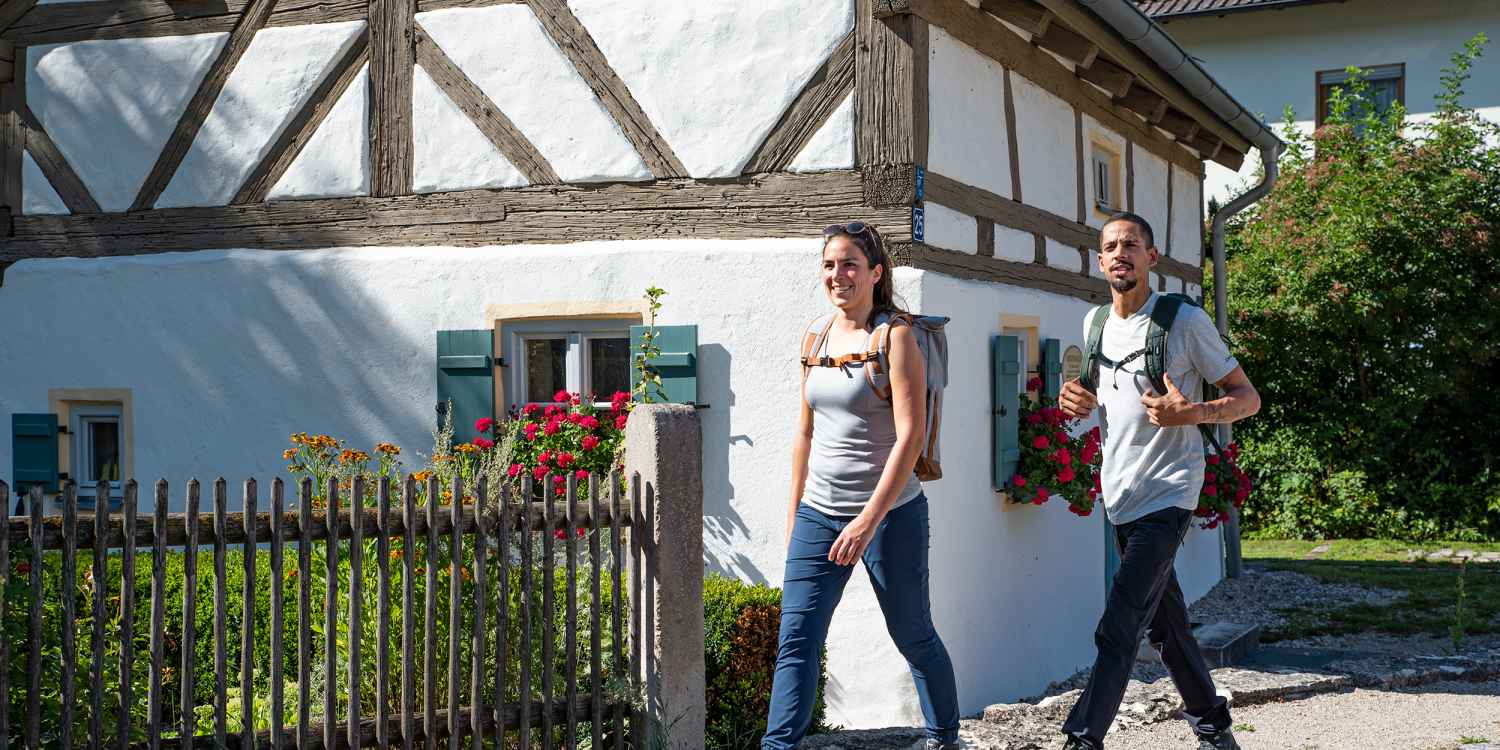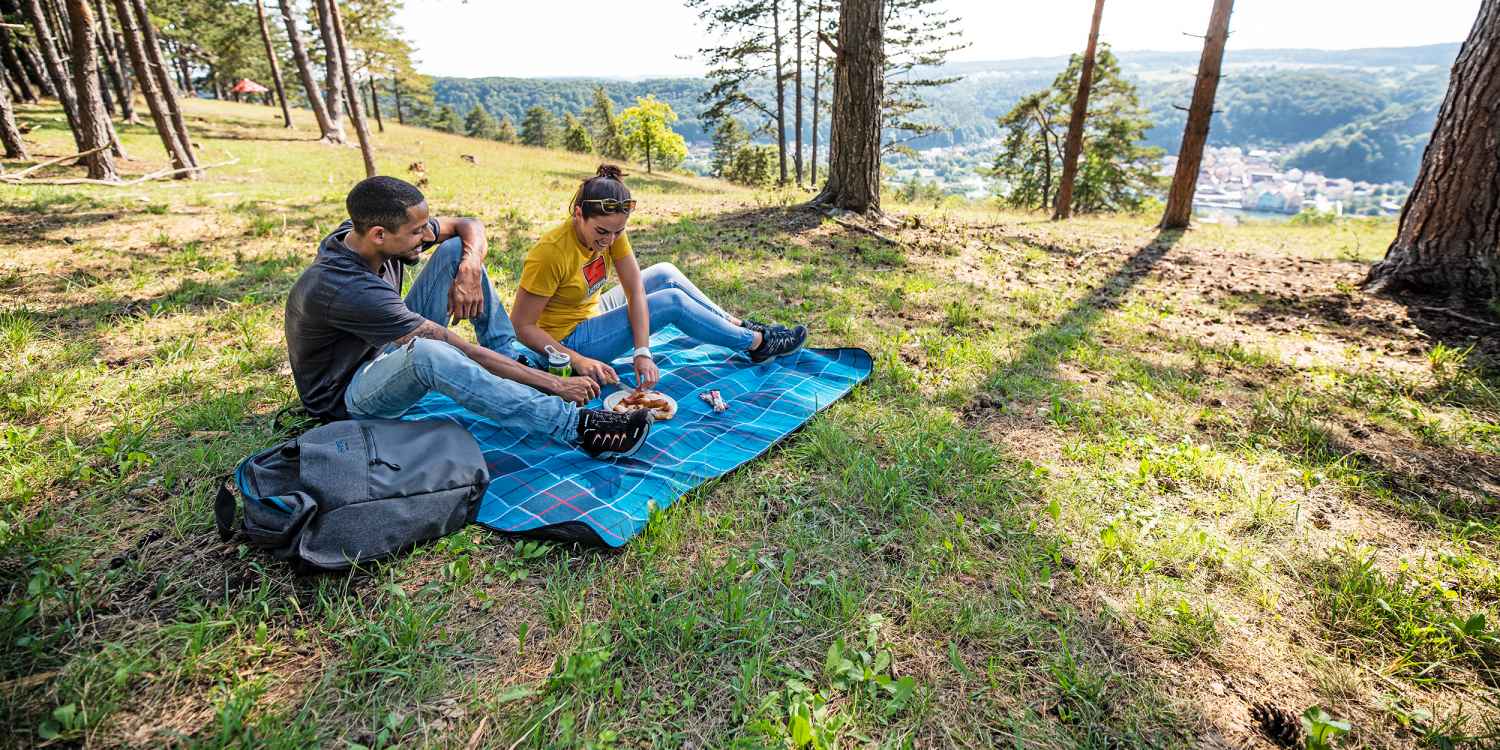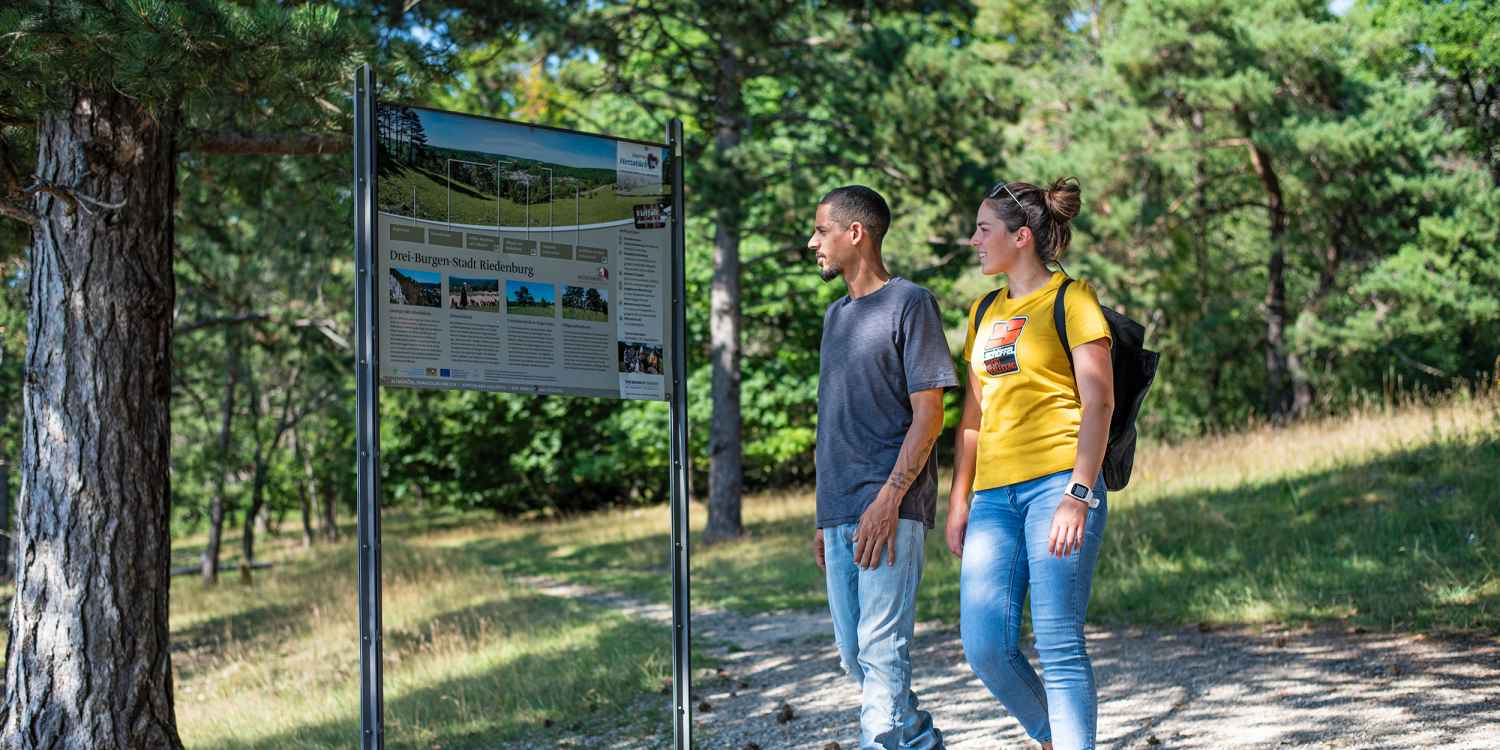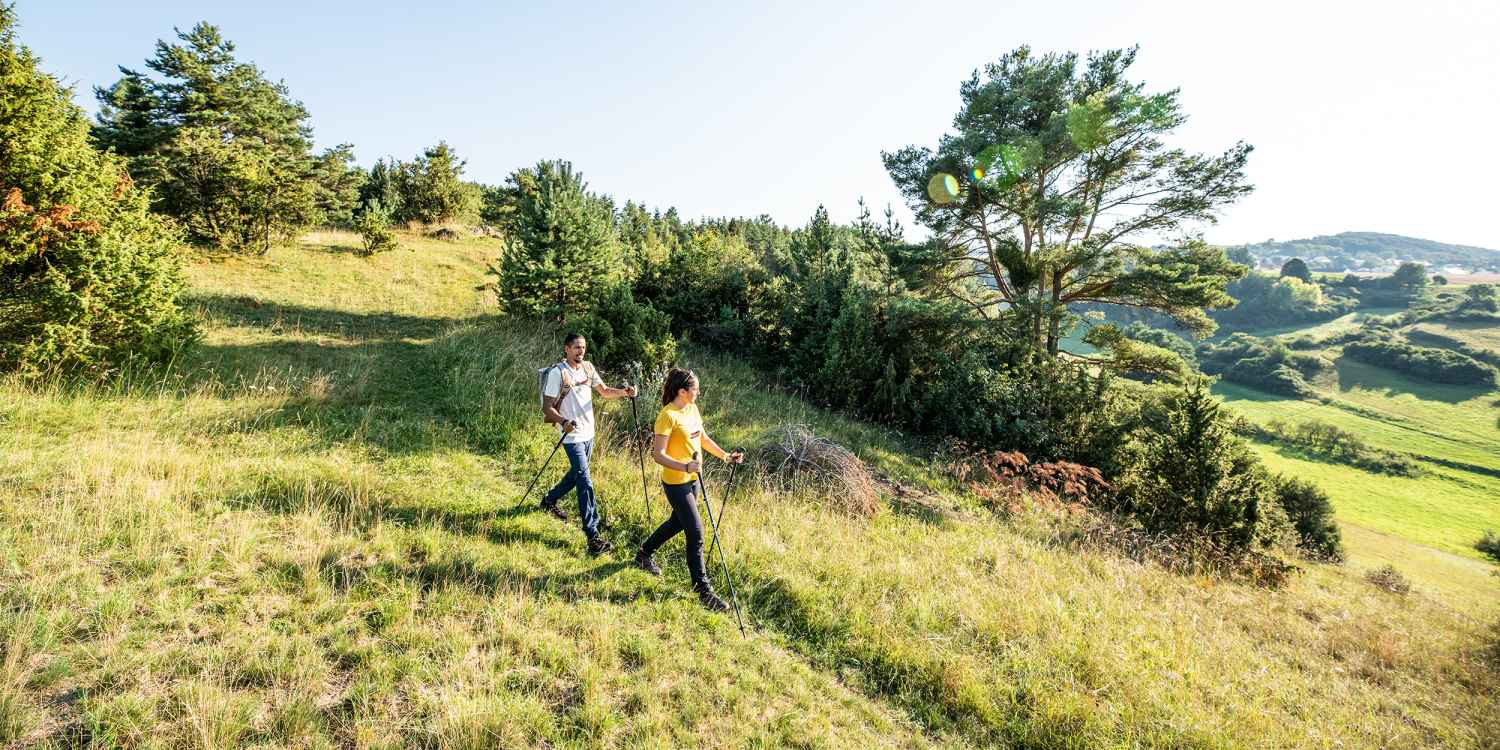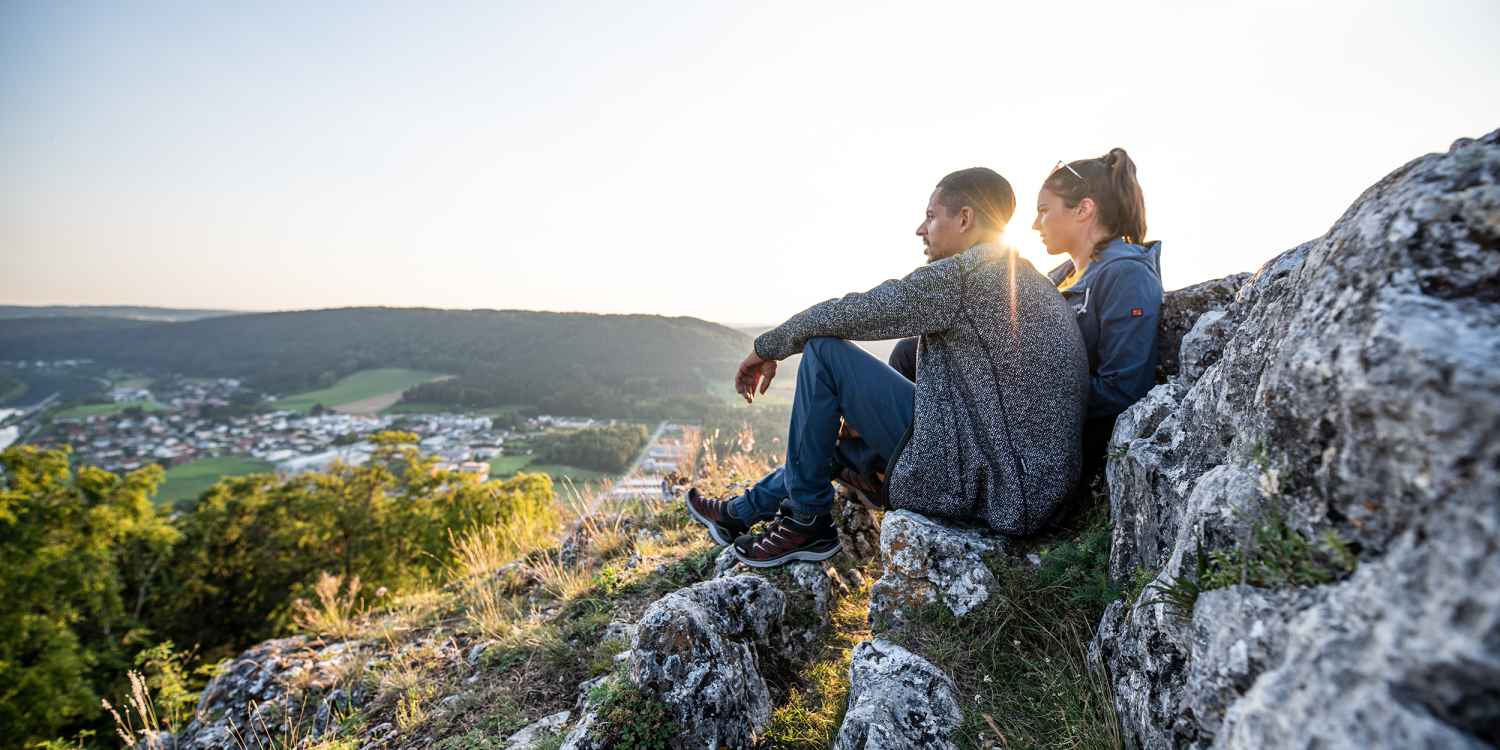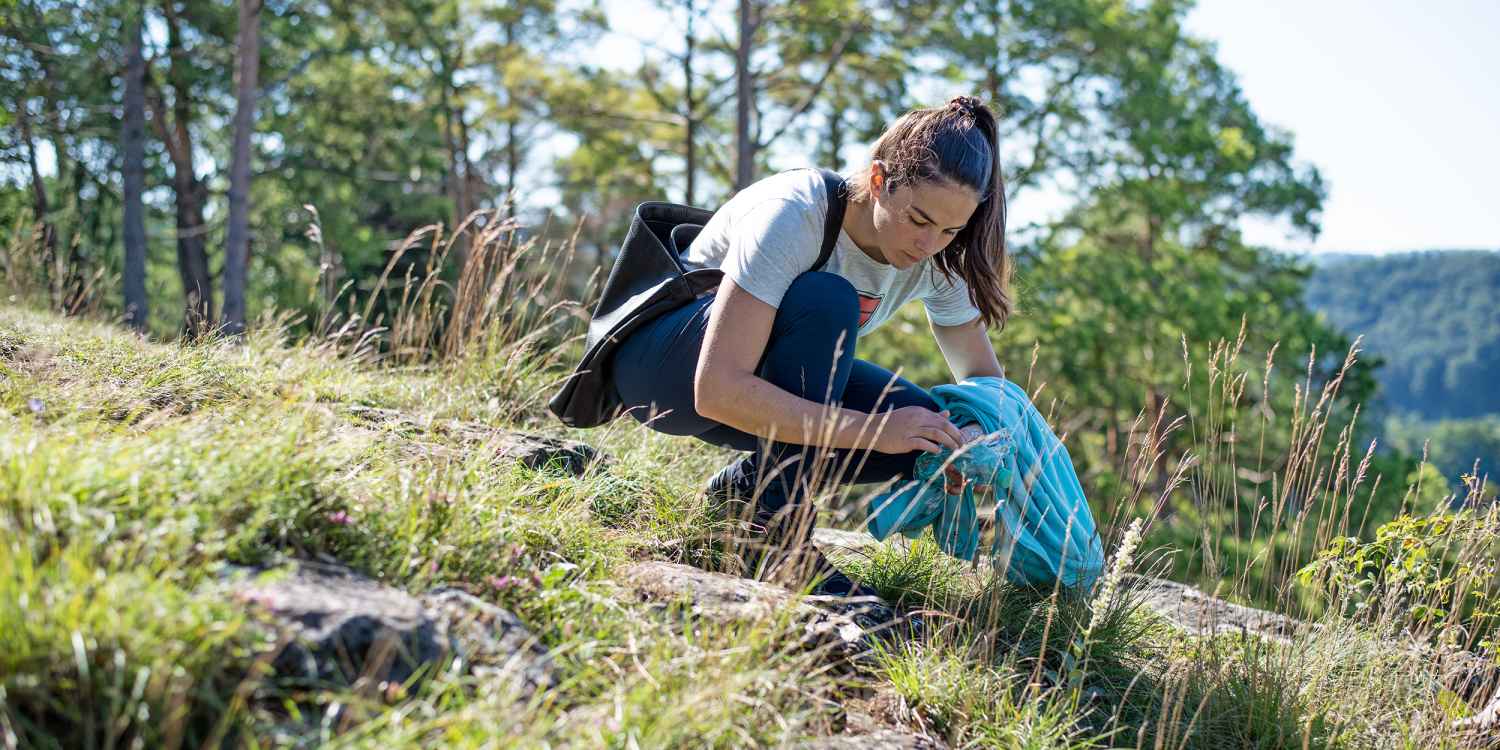Even when considering countless sustainability aspects on your hike, somehow you have to get to the mountains first. Most people go by car. But more awareness is possible in this regard, too. Maybe consider carpooling next time, so that you and your friends don’t arrive in three separate vehicles.
Another option would be to use public transport. Why not take the train to the starting point of your next tour? The big advantage: You are much more flexible in choosing your route if you don’t need to return to your parked car and can start your way home from another waypoint.
Of course, you can also skip the outward journey entirely. Simply hike near your home for a change and discover tours from your doorstep. Every region holds wonderful tours, and you probably haven’t discovered the ones near you yet. Following the motto “Why look far when everything good is so near, ” you will surely discover one or the other hiking highlight.

